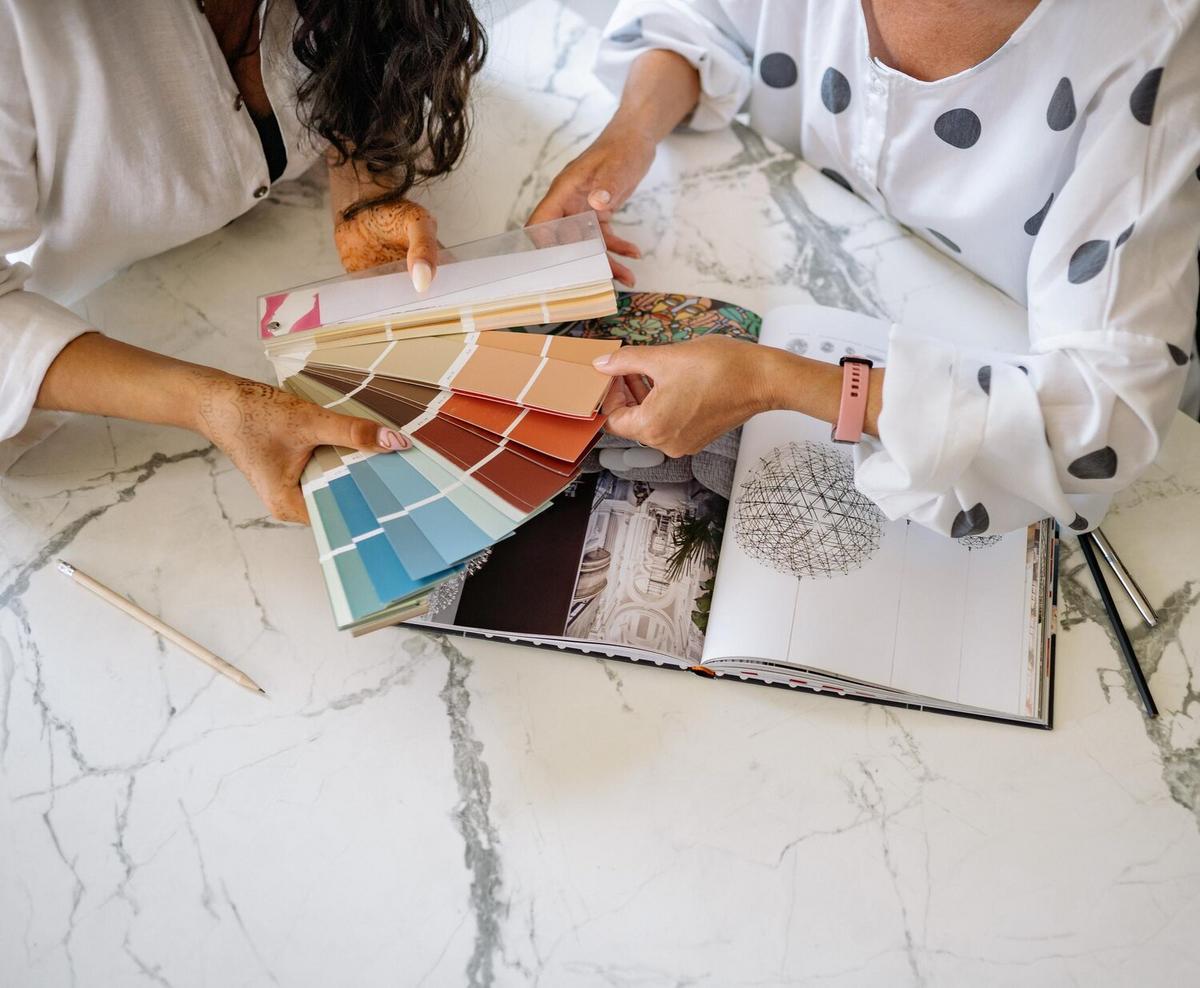Colors have a profound impact on our emotions and behavior, and nowhere is this more evident than in the heart of our homes: the living room. By understanding the psychology behind color choices, you can create a space that not only reflects your personality but also enhances your mood and wellbeing.
Understanding Color Psychology
Color psychology is the study of hues as a determinant of human behavior. Interior designers often emphasize its importance, as colors can evoke various emotions and reactions. As noted by Dr. Sally Augustin, an environmental psychologist, ‘Colors can influence perceptions that are not obvious, such as the taste of food and the effectiveness of placebos.’ This highlights the subtle yet significant role of color in our daily lives.
The Meaning Behind Popular Living Room Colors
| Color | Emotional Impact | Personality Traits |
|---|---|---|
| Blue | Calm, Tranquil | Peaceful, Trustworthy |
| Green | Refreshing, Natural | Balanced, Growth-Oriented |
| Red | Energetic, Passionate | Bold, Confident |
| Yellow | Cheerful, Warm | Optimistic, Creative |
| Gray | Sophisticated, Neutral | Practical, Reliable |
| Black | Powerful, Elegant | Independent, Strong |
| White | Clean, Simple | Organized, Pure |
| Purple | Luxurious, Mysterious | Imaginative, Spiritual |
Research Findings on Color Impact
Research conducted by the University of Texas found that color can affect mood and productivity. Their studies showed that blue and green hues tend to promote focus and efficiency, making them ideal for workspaces. Conversely, warm colors like red and orange can stimulate conversation and energy, suitable for social areas like the living room.
Personal Anecdote: A Touch of Green
Consider the story of a friend who recently redecorated her living room. Initially, the room was painted a stark white. After switching to a soft green, she noticed a remarkable difference in her family’s mood. The room felt more inviting and soothing, encouraging family gatherings and relaxation.
Actionable Tips for Choosing Your Palette
- Identify the mood you want to create. Consider using cool colors for a calming effect and warm colors to energize the space.
- Test paint samples before committing. Light changes throughout the day can affect how colors appear.
- Balance bold colors with neutral tones to avoid overwhelming the space.
Frequently Asked Questions
Does the size of the room affect color choice?
Yes, lighter colors can make a small room appear larger, while darker colors can create a cozy atmosphere in larger spaces.
What if I want to use multiple colors?
Consider using a color wheel to select complementary colors that harmonize well together.
Conclusion
Your living room’s color palette is more than just a design choice; it’s a reflection of your personality and an influencer of your mood. By thoughtfully selecting colors, you can create a space that supports your lifestyle and enhances your wellbeing. Remember to experiment and have fun with your choices, as the right colors can transform your home into a sanctuary of comfort and joy.




Leave a Reply